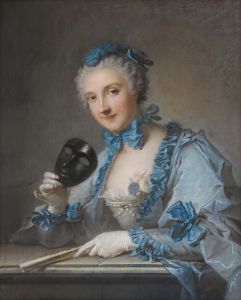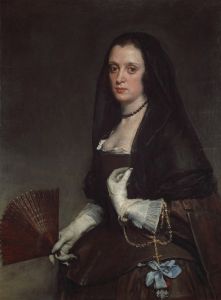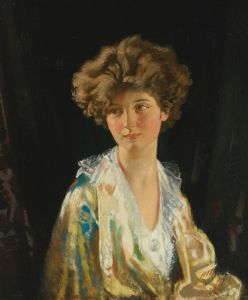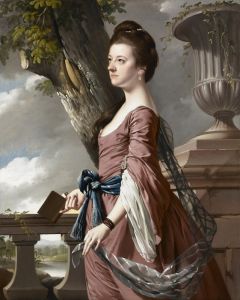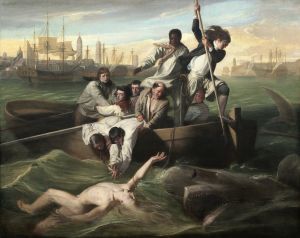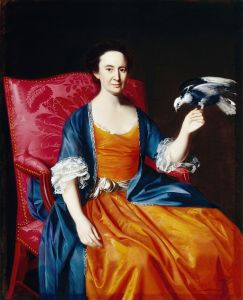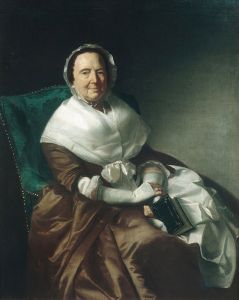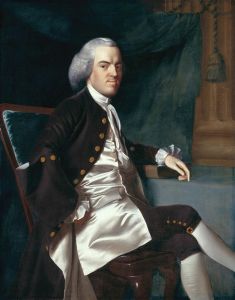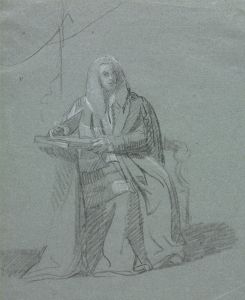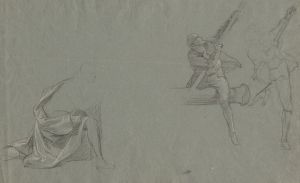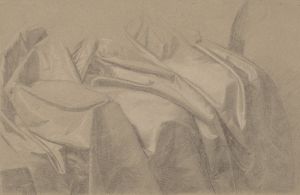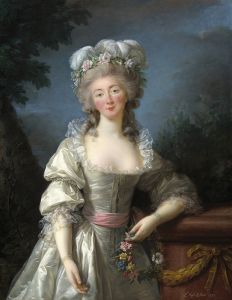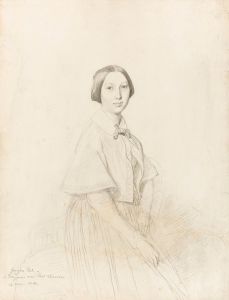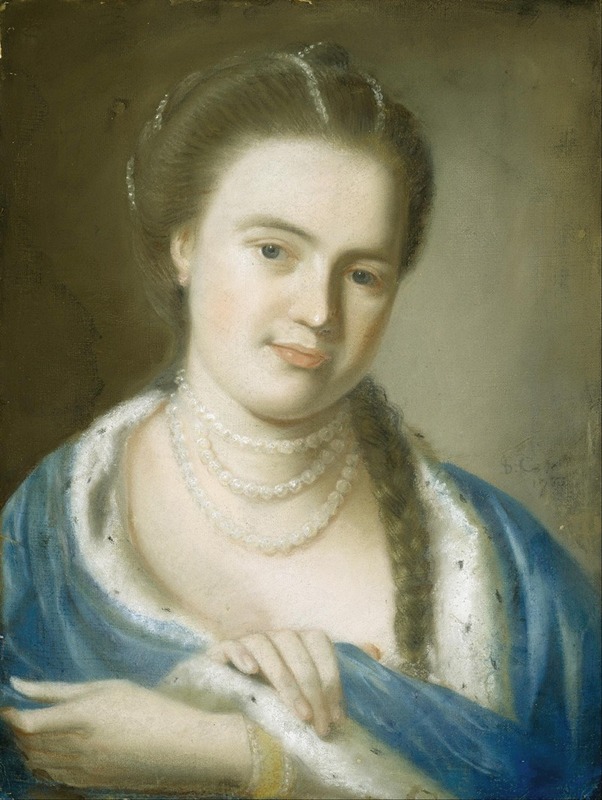
Portrait of Mrs. Gawen Brown
A hand-painted replica of John Singleton Copley’s masterpiece Portrait of Mrs. Gawen Brown, meticulously crafted by professional artists to capture the true essence of the original. Each piece is created with museum-quality canvas and rare mineral pigments, carefully painted by experienced artists with delicate brushstrokes and rich, layered colors to perfectly recreate the texture of the original artwork. Unlike machine-printed reproductions, this hand-painted version brings the painting to life, infused with the artist’s emotions and skill in every stroke. Whether for personal collection or home decoration, it instantly elevates the artistic atmosphere of any space.
John Singleton Copley, an eminent American painter of the 18th century, is renowned for his portraits that capture the essence of colonial America. One of his works, "Portrait of Mrs. Gawen Brown," exemplifies his skill in portraying the social elite of his time with meticulous attention to detail and a keen sense of character.
The portrait depicts Mrs. Gawen Brown, whose full name was Elizabeth Byles Brown. She was the wife of Gawen Brown, a noted clockmaker in Boston. The painting is believed to have been completed around 1763, a period when Copley was establishing himself as the foremost portraitist in New England. Copley's work during this time is characterized by a focus on realism and a dedication to capturing the textures and materials of his subjects' clothing and surroundings.
In "Portrait of Mrs. Gawen Brown," Copley employs his signature style, which includes a detailed rendering of fabrics and a subtle use of light to highlight the subject's features. Mrs. Brown is depicted in a seated position, dressed in a gown that reflects the fashion of the era. The intricate lace and the sheen of the fabric are rendered with precision, showcasing Copley's ability to depict different textures convincingly. Her expression is calm and composed, suggesting a sense of dignity and poise.
Copley's portraits often served as a means of documenting the social status and wealth of his subjects, and this painting is no exception. The attention to detail in Mrs. Brown's attire and the inclusion of certain elements in the background may indicate her family's social standing and lifestyle. However, Copley also imbued his portraits with a sense of individuality, capturing not just the appearance but also the personality of his sitters.
The painting is a testament to Copley's ability to blend European artistic influences with his own unique style. While he was largely self-taught, Copley was influenced by the works of European masters, which he studied through prints and engravings available in the colonies. This influence is evident in his use of chiaroscuro and his focus on realism, which were hallmarks of European portraiture at the time.
"Portrait of Mrs. Gawen Brown" is part of Copley's broader body of work that includes portraits of prominent figures in colonial America. His clientele consisted of wealthy merchants, politicians, and other influential individuals who sought to have their likenesses captured by the leading artist of the day. Copley's portraits are valued not only for their artistic merit but also for their historical significance, providing insight into the people and culture of 18th-century America.
Today, Copley's works, including "Portrait of Mrs. Gawen Brown," are held in high regard and are featured in various art collections and museums. They continue to be studied and appreciated for their contribution to American art history and their portrayal of a formative period in the nation's past. Through his portraits, Copley has left a lasting legacy, offering a window into the lives and times of colonial America.





